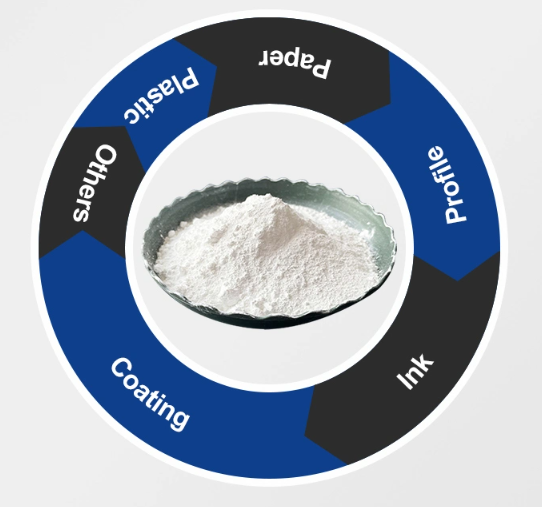
Nov . 29, 2024 16:52 Back to list
Tin Oxide and Titanium Dioxide Manufacturer for High-Quality Industrial Solutions
Tin Oxide and TiO2 A Comprehensive Overview of Their Manufacturing and Applications
In the realm of advanced materials, tin oxide (SnO2) and titanium dioxide (TiO2) are two compounds that have garnered significant attention for their various applications across multiple industries. As a prominent manufacturer of these materials, it is essential to explore their properties, production processes, and uses.
Properties and Characteristics
Tin oxide, typically found in its crystalline form as cassiterite, is a transparent conductive oxide (TCO) known for its excellent electrical conductivity, chemical stability, and optical transparency. It has a wide bandgap, making it valuable in electronics, coatings, and sensors. SnO2 can be utilized as a transparent conductive layer in solar cells and display technologies, enhancing energy conversion efficiency.
On the other hand, titanium dioxide, or TiO2, is renowned for its high refractive index and strong UV light absorption capabilities. It is predominantly used as a white pigment in paints, coatings, and plastics owing to its bright white color and excellent coverage. TiO2 is also employed in photocatalysis and environmental applications, where it helps decompose organic pollutants under UV light.
Manufacturing Processes
The manufacturing of tin oxide and titanium dioxide involves several sophisticated methods tailored to the desired applications
.1. Tin Oxide Production Tin oxide is primarily produced through chemical vapor deposition (CVD) or sol-gel methods. In the CVD process, tin compounds are vaporized and reacted with oxygen at high temperatures to form a thin film of SnO2. The sol-gel method involves the hydrolysis of tin alkoxides to create a gel, which is subsequently dried and annealed to produce the desired oxide material. The choice of method can depend on the specific application; for instance, CVD is favored for producing high-purity thin films for electronics.
tinox tio2 manufacturer

2. Titanium Dioxide Production The production of TiO2 is typically achieved through either the sulfate process or the chloride process. The sulfate process involves the digestion of ilmenite ore with sulfuric acid, resulting in the formation of titanyl sulfate, which is then hydrolyzed to produce TiO2. Conversely, the chloride process begins with the reaction of titanium-containing ores with chlorine gas, yielding titanium tetrachloride, which is then oxidized to form TiO2. The chloride process is generally preferred for producing high-purity TiO2 due to its efficiency and lower environmental impact.
Applications
The applications of tin oxide and titanium dioxide continue to expand due to advancements in technology.
- Tin Oxide Applications SnO2 is extensively used in the production of transparent conductive films for touch screens, solar cells, and OLED displays. It also plays a pivotal role in gas sensor technology, where it detects gases such as ethanol and hydrogen. Additionally, its photocatalytic properties enable it to be used in water purification and air treatment systems.
- Titanium Dioxide Applications The versatility of TiO2 makes it an indispensable ingredient in the manufacturing of paints, coatings, and plastics. Its ability to scatter light effectively enhances the brightness and opacity of various products. In the environmental sector, TiO2 is employed in photocatalytic applications to degrade organic contaminants in wastewater, as well as in self-cleaning surfaces.
Conclusion
The manufacturing of tin oxide and titanium dioxide is critical to a multitude of industries, ranging from electronics to environmental technologies. As demand for high-performance materials continues to rise, manufacturers must explore innovative production methods and applications that enhance efficiency and sustainability. This ongoing development will ensure that tin oxide and TiO2 remain at the forefront of material science, contributing significantly to modern technological advancements.
-
Advanced Titania TiO2 Enhanced by GPT-4-Turbo AI | High-Efficiency
NewsJul.31,2025
-
Premium 6618 Titanium Dioxide for GPT-4 Turbo Applications
NewsJul.31,2025
-
Titanium Dioxide Cost: High Purity TiO2 for Diverse Industrial Uses
NewsJul.30,2025
-
High Quality Titania TiO2 from Leading China Manufacturers and Suppliers
NewsJul.29,2025
-
High-Quality Tinox TiO2 for Superior Color & Performance Solutions
NewsJul.29,2025
-
High Quality Titania TiO2 from Leading China Supplier & Manufacturer
NewsJul.29,2025
